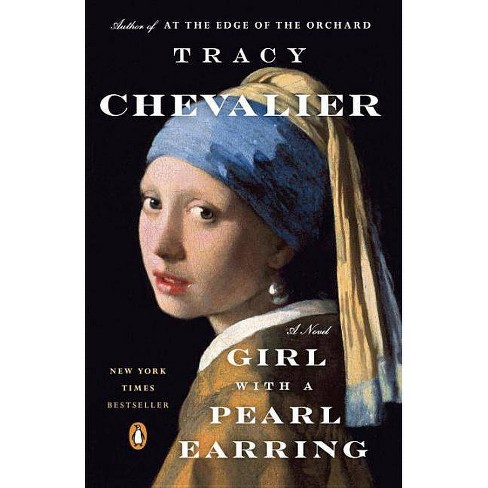

My enthusiasm for this book was partly fueled by the fact that I had been living in the historical centre of Delft for one year and a half at that time, so I could easily imagine the streets, canals, and historical buildings described by the author. In this regard, a book with images included would have been very useful. In order to take advantage of the whole experience, I recommend searching for the paintings “explained” in the book as the story unveils them. “When he painted Tanneke she stood there happily pouring milk for months without a thought passing through that head, God love her.” One example is the explanation about The Milk Maid painting:

It feels like Chevalier used Vermeer’s paintings to recreate his life, his home, and the social relationships existing in Delft at that time. What I enjoyed the most while reading this book was that even if the main focus of the book was on Girl with a Pearl Earring, other paintings of Vermeer were beautifully integrated into the storyline. And I thought: ” (The Telegraph, 2008) Vermeer’s paintings I saw it as a portrait of a relationship rather than a portrait of a girl. “I wonder what Vermeer did to her to make her look like that. Tracy Chevalier started from a real painting of a mysterious girl and imagined the story that led to its creation: The story follows Griet as she grows up from girl to woman while going through intense emotional transformations and turmoil caused by her family, her feelings, and the Dutch painter himself. She is hired as a maid in the house of the Dutch painter Johannes Vermeer, where she secretly becomes the painter’s assistant, too. The historical novel tells the story of Griet, a poor young girl living with her family in Delft (The Netherlands), in the 17th century. The WanderBook in Bilbao, Spain, hosted by Anca Girl with a Pearl Earring in a nutshell


 0 kommentar(er)
0 kommentar(er)
